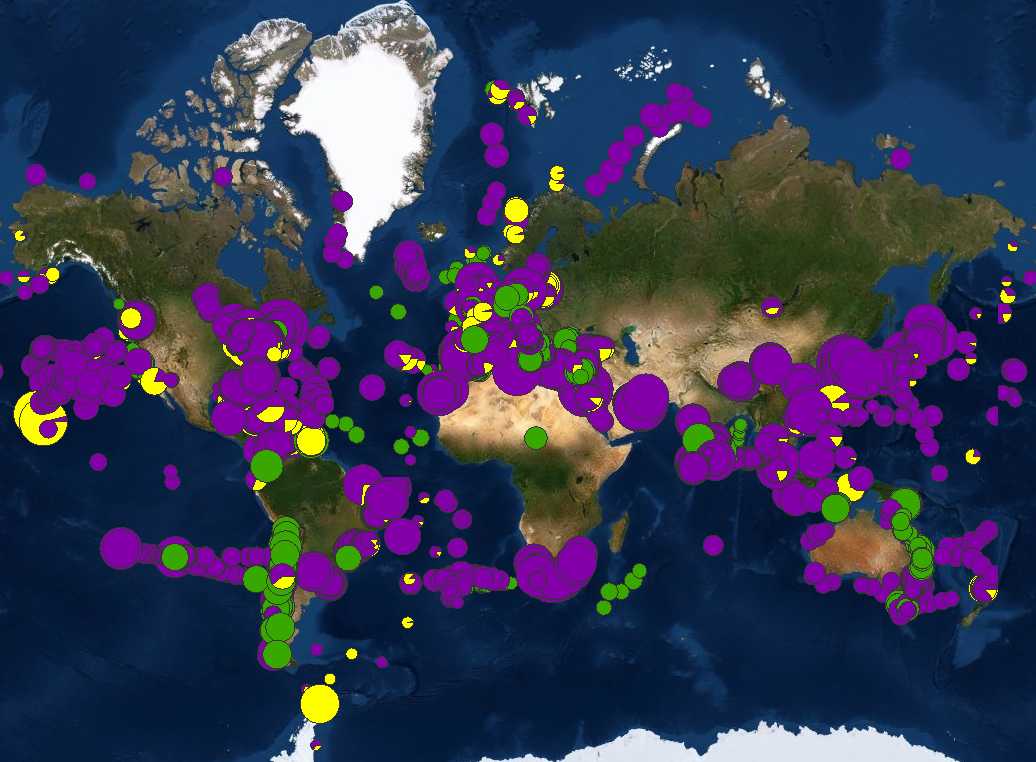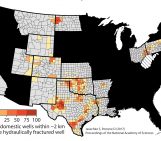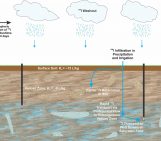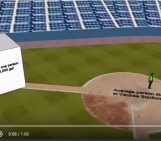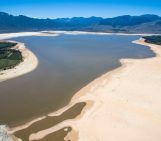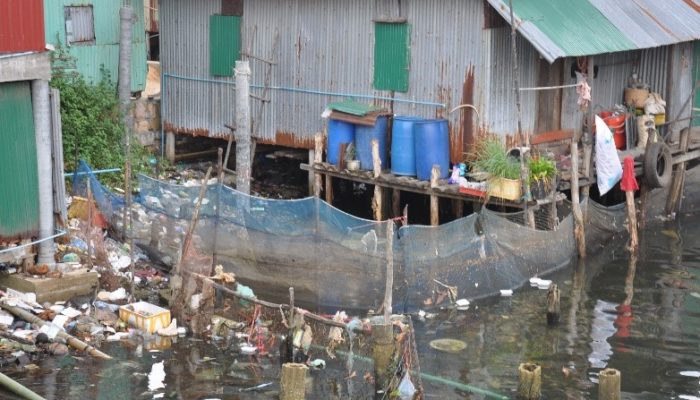
Post by Viviana Re, researcher at the University of Pisa in Italy. You can follow Viviana on Twitter at @biralnas.
Until recently, the topic of plastic pollution was relatively unknown to the general public, although the problem was already under everyone’s very eyes.
Indeed, plastic pollution has become one of the most debated issues over the last few years, in some cases even overshadowing the concerns about climate change, and with particular concern about the effects of microplastic (i.e. plastic particles smaller than 5 mm in length) in the natural environment.
First reported in the early 1970s in the Sargasso Sea of the North Atlantic, microplastics have since become a ubiquitous pollutant found in fish and marine animals, table salt, beer, and even drinking water.
In parallel with raising awareness (and concern), this emerging issue prompted the scientific community to advance the understanding of the presence and potential effects of microplastics on natural ecosystems and human health.
As a result, the number of studies addressing microplastic pollution in surface water is rapidly increasing, ranging from case studies assessing the presence of these particles in a specific surface water body, to investigations on their possible toxicity, to proposed methodology regarding qualitative and quantitative assessment of their occurrence.
However, despite this growing body of literature, there is a component of the water cycle that remains less considered: groundwater. In fact, so far, only a few studies targeting microplastic occurrence in groundwater have been published (e.g. Bouwman et al. 2018; Mintenig et al. 2019; Panno et al. 2019). Further, only recently was the presence of microscopic plastic fibers in tap water from underground sources revealed. Thus, a great challenge for the international hydrogeological community lies in addressing the potential for groundwater contamination by plastic microfibers. In particular, the key challenges to be addressed are:
- The determination of microplastic occurrence in groundwater and, if present, to assess transport mechanisms in different aquifers.
- An assessment of the role of microplastics as carriers of contaminants within aquifers.
- To define a standardized procedure for microfiber sampling and monitoring in groundwater.
In order to complement the existing knowledge on microplastic contamination of aquatic environments, all issues should be tackled in collaboration with surface hydrologists, biologists and scientists already active in the filed.
Additionally, while doing so, we should also engage firsthand and be part of the solution, hence reducing as much as we can the production and release of plastic and microplastic. Don’t know how to start? Consider joining the recently concluded (but annually run) Plastic Free July challenge!
This post is based on a recently published paper: Re (2019). Shedding light on the invisible: addressing the potential for groundwater contamination by plastic microfibers. Hydrogeology Journal. Open access

